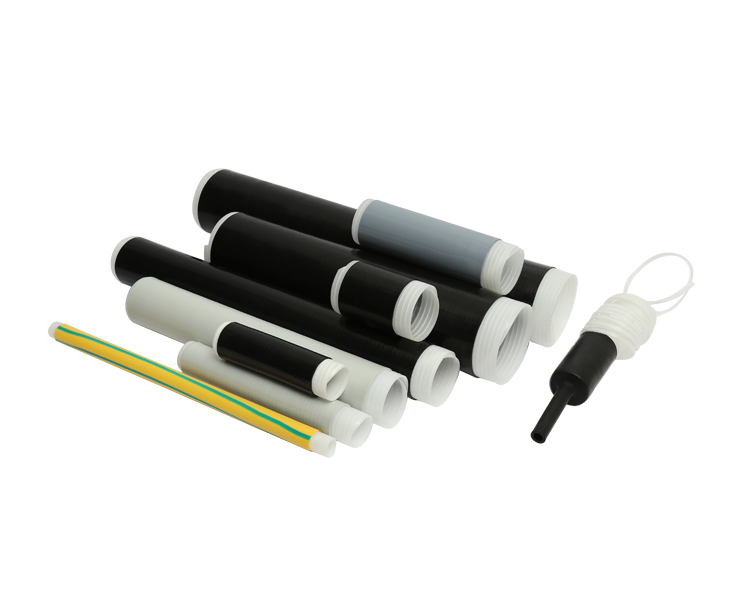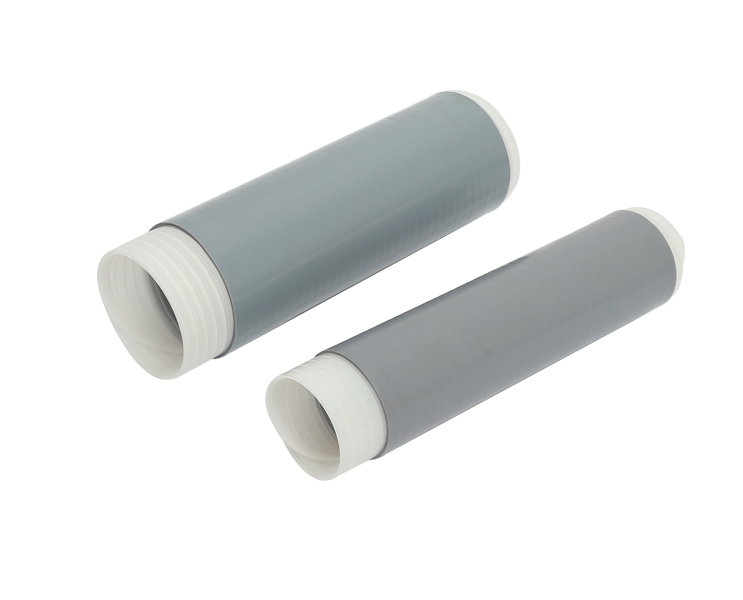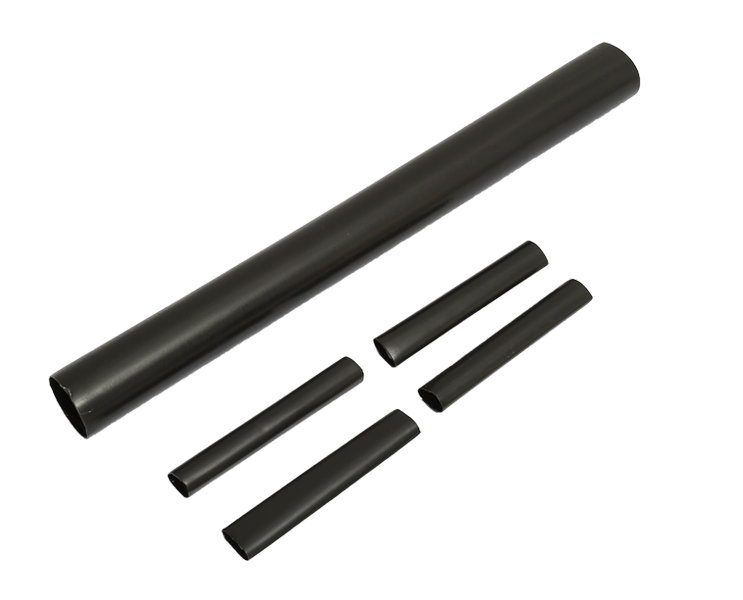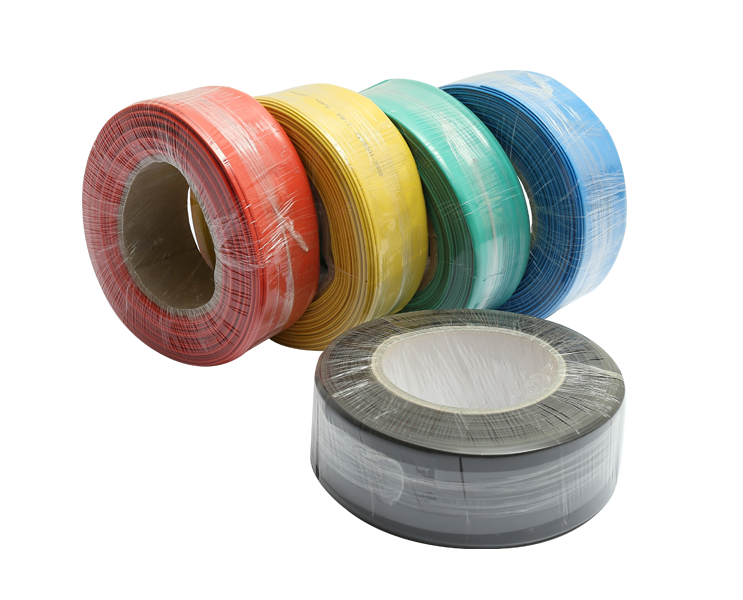A multi-core cable joint is a critical component in electrical installations, enabling the seamless connection and protection of multiple cables within a single joint.
Multiple Cores: The defining feature of a multi-core cable joint is its ability to connect and manage multiple cores or conductors within a single joint. This facilitates the consolidation of cables, streamlining installations and reducing the complexity associated with managing individual cables.
Insulation and Sealing: Multi-core cable joints are equipped with insulation and sealing mechanisms to protect the connected cores from environmental factors such as moisture, dust, and contaminants. The insulation ensures electrical integrity while sealing mechanisms maintain the joint's robustness in various conditions.
Compatibility: These joints are designed to be compatible with cables of different sizes, making them versatile and adaptable to various electrical systems. The compatibility with diverse cable sizes allows for flexibility in installations and facilitates the connection of cables with varying conductor diameters.
Durability: Multi-core cable joints are constructed from durable materials that can withstand the rigors of electrical installations. The durability of these joints ensures long-term performance, reducing the need for frequent maintenance and replacements.
Power Distribution Networks: Multi-core cable joints are widely used in power distribution networks to connect and protect cables in substations, distribution panels, and other key points. They contribute to the efficient transmission of electrical power within the network, ensuring reliable connectivity.
Industrial Installations: In industrial settings, where a multitude of cables are often required for machinery, equipment, and control systems, multi-core cable joints play a crucial role. These joints provide a consolidated and organized solution for managing complex cable configurations in industrial environments.
Renewable Energy Systems: The renewable energy sector, including solar and wind installations, utilizes multi-core cable joints to connect and protect cables in energy generation and distribution systems. These joints contribute to the reliability and longevity of cables in environmentally challenging conditions.
Infrastructure Projects: Infrastructure projects, such as construction sites, transportation networks, and public utilities, often require the connection and protection of multiple cables. Multi-core cable joints serve as essential components in such projects, ensuring efficient and reliable electrical connections.
Telecommunications Networks: In the telecommunications industry, where the demand for high-speed data transmission is constant, multi-core cable joints are employed to connect and protect fiber optic cables. These joints support the seamless transfer of data within telecommunications networks.
Simplified Installations: The use of multi-core cable joints simplifies installations by consolidating multiple cables into a single joint. This streamlining of cable connections reduces the complexity of installations, saves space, and enhances the overall efficiency of electrical systems.
Cost-Efficiency: Multi-core cable joints contribute to cost-efficiency by eliminating the need for excessive connectors and individual cable management. The consolidation of cables in a single joint reduces material costs, installation time, and the overall complexity of the electrical system.
Enhanced Cable Protection: The insulation and sealing features of multi-core cable joints enhance the protection of connected cables. This is particularly crucial in environments where cables may be exposed to moisture, contaminants, or mechanical stress. The joints contribute to the longevity and reliability of cable connections.
Adaptability to Various Cable Sizes: The compatibility of multi-core cable joints with different cable sizes adds a layer of adaptability to electrical systems. This adaptability allows for flexibility in choosing cables with varying conductor diameters, accommodating the specific requirements of different applications.
Reliability in Diverse Environments: Multi-core cable joints are engineered to perform reliably in diverse environments. Whether installed in indoor industrial settings, outdoor power distribution networks, or renewable energy installations, these joints ensure seamless connections and protect cables against environmental challenges.

 English
English 简体中文
简体中文



